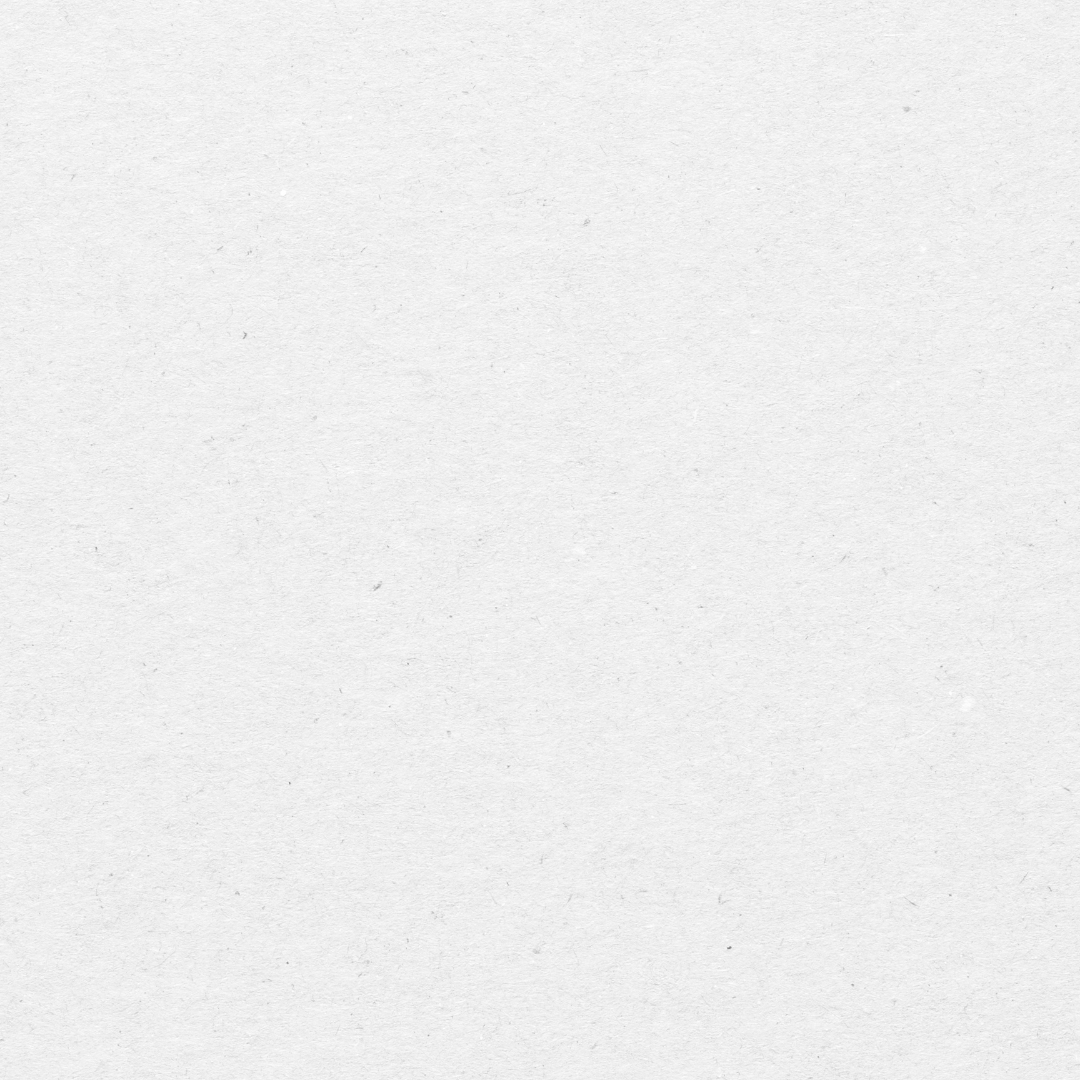五颜六色
*The explanations on this page are generated by AI. Please note that they may contain inaccurate information.
1. Basic Information
- Pinyin: wǔ yán liù sè
- English Translation: Colorful / Multicolored (Literally: Five colors and six colors)
- Idiom Composition: 「五」(Five (used figuratively to mean 'many' or 'various').)
+ 「颜」(Color or pigment (originally referring to the face or countenance).) + 「六」(Six (used figuratively to mean 'many' or 'various').) + 「色」(Color, hue, or variety.) - Meaning: A state where many different colors are mixed together. It is the most common and colloquial way to describe something as 'colorful' or 'multicolored' in Chinese, often used to describe a vibrant or diverse appearance.
2. Detailed Meaning and Nuances
「五颜六色」 contains the following nuances:
- Visual Color Diversity: Literally refers to a state where many vivid colors exist together. It is most frequently applied to visible objects like flowers, clothes, and lights.
- Metaphorical Variety: Beyond literal color, it can metaphorically represent a wide variety of opinions, lifestyles, or products that are diverse and miscellaneous.
- The Role of 'Five' and 'Six': This is a fixed pattern where numbers are used to emphasize 'many.' It does not mean exactly five or six colors, but rather 'all sorts of colors.'
3. Usage
「五颜六色」 is mainly used in the following contexts:
- Physical Description: The most basic usage for describing objects with many colors, such as flowers, balloons, or clothing. Suitable for both spoken and written Chinese.
- Example:「花园里开满了五颜六色的花朵,非常漂亮。」
(The garden is full of colorful flowers, and it is very beautiful.)
- Example:「花园里开满了五颜六色的花朵,非常漂亮。」
- Abstract Diversity: Used to describe abstract concepts like life or culture that are rich, varied, and full of change.
- Example:「大学生活应该是五颜六色的,不仅仅只有学习。」
(University life should be colorful and diverse, not just about studying.)
- Example:「大学生活应该是五颜六色的,不仅仅只有学习。」
- Miscellaneous Variety: Can be used to describe a wide array of items, sometimes implying a slightly chaotic or unorganized variety.
- Example:「桌子上摆满了五颜六色的鸡尾酒,看起来很诱人。」
(The table was lined with multicolored cocktails that looked very inviting.)
- Example:「桌子上摆满了五颜六色的鸡尾酒,看起来很诱人。」
Additional Examples:
- 节日期间,街道上挂满了五颜六色的灯笼。
(During the festival, the streets were hung with colorful lanterns.) - 小丑穿着五颜六色的衣服在舞台上表演。
(The clown is performing on stage wearing brightly colored clothes.) - 海底世界真是奇妙,有各种五颜六色的鱼类。
(The underwater world is truly wonderful, with all kinds of colorful fish.) - 由于污染,这条河的水变成了五颜六色的。
(Due to pollution, the water in this river has turned strange colors.) - 不管是黑白还是五颜六色,只要是好照片就行。
(Whether it is black and white or in color, as long as it is a good photo, it is fine.)
4. Cultural Background and Notes
- Numerical Patterns: Chinese often uses paired numbers like 'three and four,' 'five and six,' or 'seven and eight' in idioms to express 'many' or 'miscellaneous.' Examples include 五花八门 (wǔ huā bā mén) and 七上八下 (qī shàng bā xià).
- Usage Frequency: This is the most common idiom for 'colorful' and is used by everyone from children to adults. It is more colloquial and accessible than the literary 五彩缤纷 (wǔ cǎi bīn fēn).
- Nuance: While generally positive and used to describe beauty, in certain contexts (like the pollution example), it can describe something as 'gaudy' or 'unnaturally multicolored.'
5. Similar and Opposite Idioms
- Similar Idioms:
- 五彩缤纷 (wǔ cǎi bīn fēn): A more literary and elegant term for 'colorful,' often used to emphasize splendor and beauty.
- 五花八门 (wǔ huā bā mén): Focuses on a wide variety of types, categories, or tricks rather than just visual colors.link
- 丰富多彩 (fēng fù duō cǎi): Rich and colorful, full of variety.link
- Opposite Idioms:
- 一清二白 (yī qīng èr bái): Literally 'perfectly clear and white'; used to describe something that is crystal clear or a person who is completely innocent.
- 黯然失色 (àn rán shī sè): To lose luster or look pale and dull, especially when compared to something more brilliant.
- 一成不变 (yī chéng bù biàn): To remain unchanged; to be set in one's ways.link
- 千篇一律 (qiān biàn yī lǜ): To be a thousand articles all the same, meaning to be stereotyped or lacking in variety.link
6. Summary
五颜六色 (wǔ yán liù sè) is the standard idiom for 'colorful' in Chinese. Rather than referring to exactly five or six specific colors, the numbers are used figuratively to represent a wide variety. It is frequently used to praise beautiful scenery or objects, but it can also objectively describe any situation where many colors are present.
